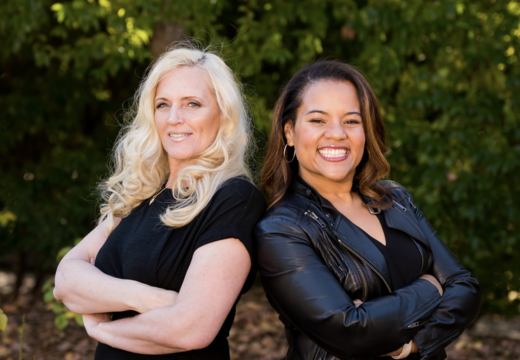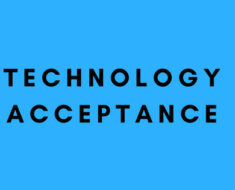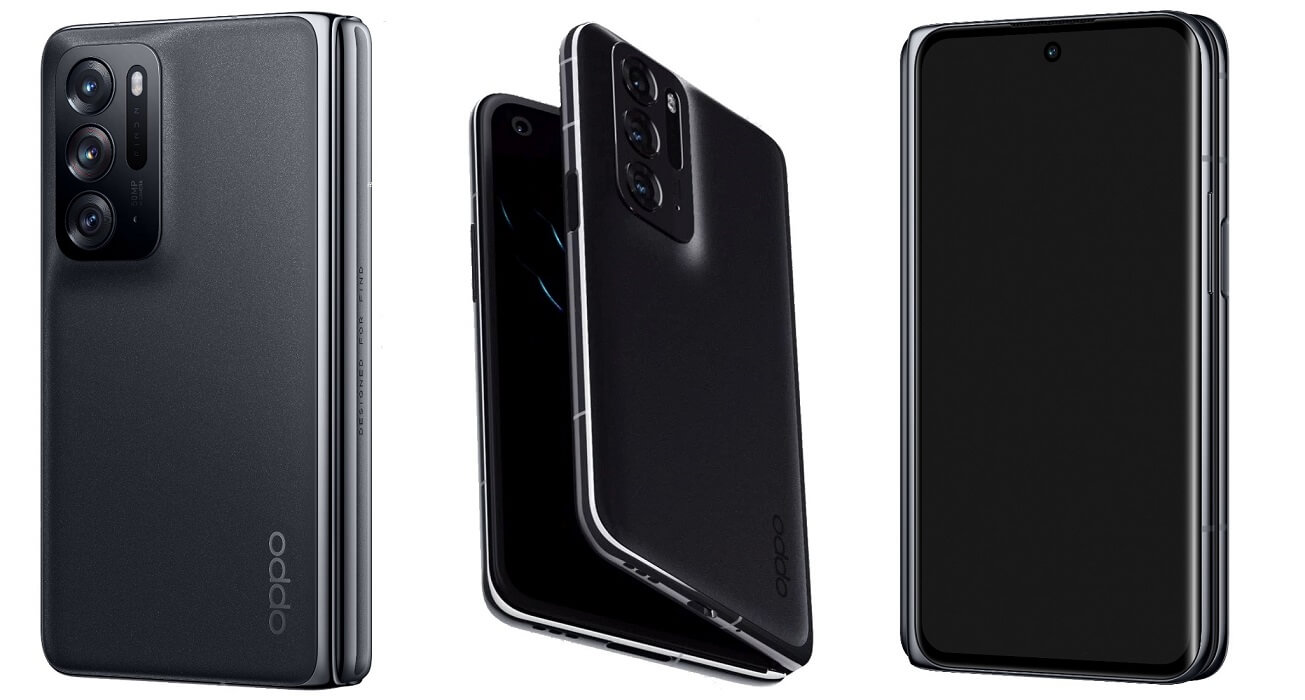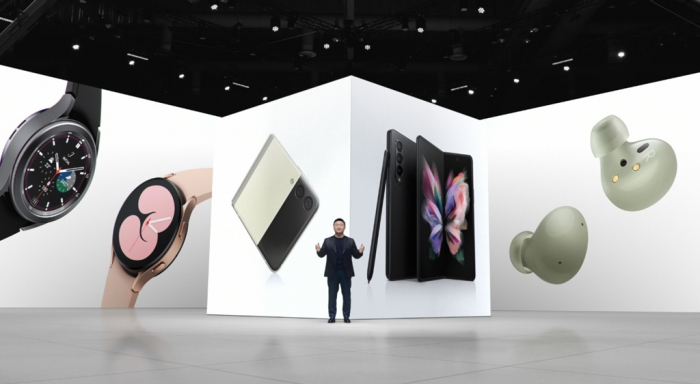It is an exciting time for education and technology. Educational technology is constantly improving and is a more common place in the classroom. Google “21st century classroom presentation.” You will see schools move to a different environment. Is this good? Are there problems adding interactivity and engaging materials in the classroom?
These questions will not be answered in this article. This article will focus on educational technology. Technology consistently demonstrated at conferences for teachers and administrators. This article aims to educate you on what technology is currently available to schools. We will also continue with the theme of the 21st century classroom.
Document cameras, projectors, and computers are becoming commonplace in the classroom. Document cameras are an amazing piece of technology used in education today. The ability to display a page in a textbook or a worksheet on the whiteboard without making a transparency! Many schools still use transparencies and overhead projectors. Overhead projectors limit the freedom to adapt to the class and create real-time learning experiences based on student responses.
Projectors and interactive whiteboards have been a necessity ever since the Internet became available. Multimedia, simulations, videos, maps, research, etc. Projectors allow for whole class learning and engaging discussions that span from a specific topic or skill. Interactive whiteboard technology allows the teacher to stay at the front of the classroom by annotating and controlling the mouse.
Another important piece of educational technology is computers. Computer labs have been common in schools for some time. The real concern has been the actual “computer access” students have during the week. Having enough computers and creating a consistent schedule for the entire school has always been a challenge. One answer to this challenge has been mobile laptop carts. Imagine a large cart with 25 laptops on shelves, plugged into outlets inside the cart. Only the cart needs an external outlet to power all the laptops. This cart is moved from room to room and students are assigned a computer number. Instead of scheduling computer time for the computer lab, teachers are reserving these laptop carts…bringing them to the computer lab!
Classroom response systems or voting response systems or clickers are becoming a common trend as an add-on piece to your edtech plan. More information is sure to be found when you Google “21st Century Classroom Presentation.” These devices allow for true interactivity and engagement within the class as a whole.
The last piece of any educational technology plan is the software. Blogs, wikis, games, curriculum software, reading and math intervention software, etc. are all the things that students do on computers. Once the hardware is in place, the question becomes, “What do students do on the computers?” Educational software is such a broad term that schools are constantly researching specific software for a target group of students: high school credit recovery, homebound students, before and after school programs, supplemental content to curriculum. school studies, state test preparation software, etc.
One thing is certain, educational technology is constantly improving and classrooms are getting closer and closer to the 21st century classroom.





